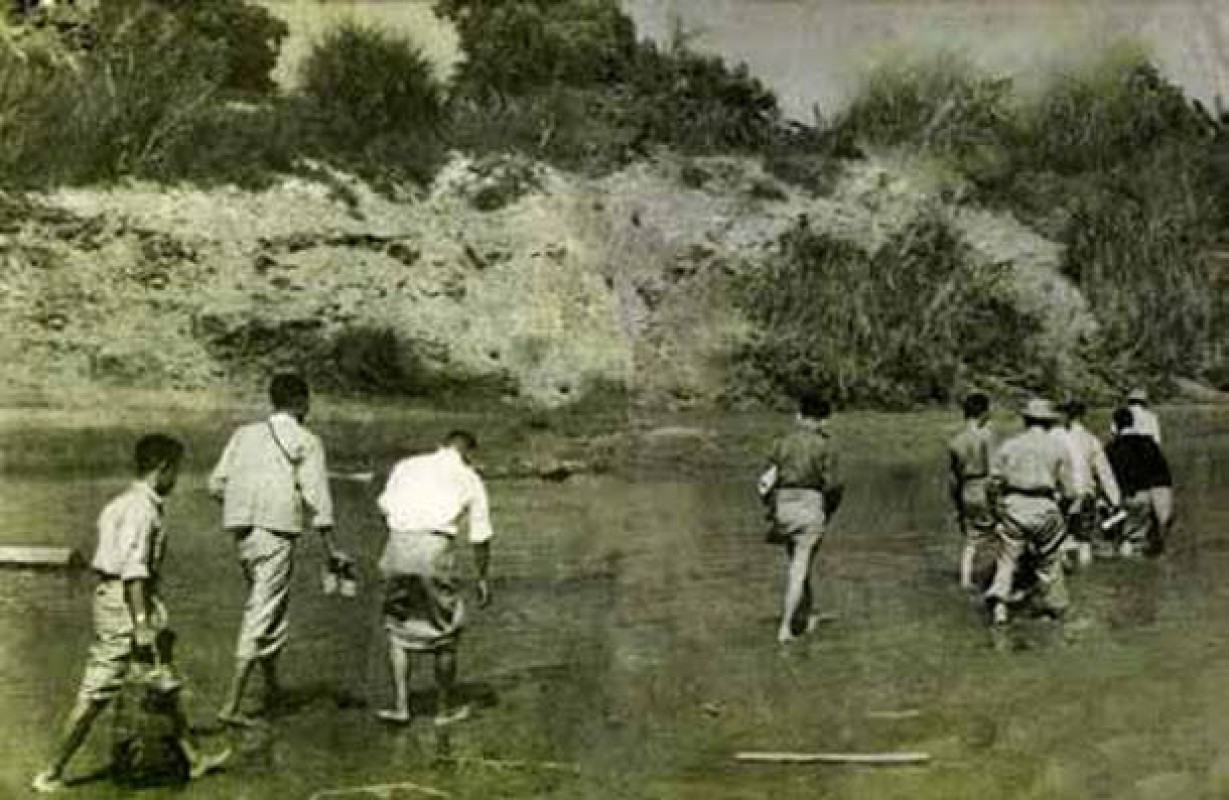Time to review outdated peace agreements

495

Tun Mon Thet (NP News) - Sep 11
Officially recognizes 135 ethnic groups under eight major national races – Kachin, Kayah, Kayin, Chin, Bamar, Mon, Rakhine, and Shan in the Republic of the Union of Myanmar, there are at least 70 so-called Ethnic Armed Organizations (EAOs) within the country. Those EAOs, in fact, are the ethnocentric armed forces that are practicing warlordism, racism, authoritarianism, nepotism, and xenophobia.
Being colonized for over 100 years under British imperialism with divide-and-rule tactics, the outbreak of insurrections officially commenced in March 1948 as soon as the independence as the result of conflicts in political ideologies. Ironically, the attributable insurgency had already been conceived Since 1947, even prior to gaining independence.
Thus, initiating peace with ceasefire agreements was pursued by successive governments in Myanmar to restore the disintegrated national unity back to solidarity throughout the history of the country in the post-World War II era.
After the demise of the Communist Party of Burma (CPB) – the far-left entity with a strong-armed wing in Myanmar – in 1989, State Law and Order Restoration Council’s (SLORC) peace delegation body led by General Khin Nyunt negotiated the peace deals with the non-State armed forces in the forms of unwritten gentlemen agreements, which allowed the non-State armed forces to continue holding the weapons, granted the right to territorial control, and rewarded the right to business operations.
The fall of the CPB in Myanmar split into different armed forces including New Democratic Army – Kachin (NDA-K), Myanmar National Democratic Alliance Army (MNDAA) – the Kokang armed rebels, National Democratic Alliance Army (NDAA) – Mongla armed group and United Wa State Army (UWSA) – Wa armed group. Since then, the MNDAA, NDAA, and the UWSA secured autonomous regions in northern Shan State with the right to retain weapons.
Section 338 of the 2008 Constitution prescribes, “All the armed forces in the Union shall be under the command of the Defence Services.” This constitutional proviso explicitly maintains the role and acceptance of the existence of the non-state armed forces in the way of building the state to the federal democratic union.
However, outcomes derail from the expectations as time flies. Additionally, the bona fide purpose of the ethnocentric armed forces is beyond federal or confederation, but the separatism: to disintegrate from the union.
What is more, the ethnocentric armed forces that believe in other religions, especially Christianity, such as the Kachin Independence Army (KIA), Chin ethnic forces, and Kayin ethnic forces show disrespect and disgrace manners to Buddhism and Buddhists from time to time whenever they have a chance in the irresponsible illicit seizure of the towns after Operation 1027.
Although the gentlemen peace deals established by the SLORC ultimately aimed to develop ‘eternal peace’ in the vision of the road to federal democratic union, the existence of non-State armed forces with the right to self-administered regions or zones became the notion that Myanmar has to reconsider under 2008 Constitution, especially after 2021 political transition.
Within nearly three decades, the ethnocentric armed forces do businesses like mafia cooperate firms in their autonomous regions – mostly exploiting the country’s natural resources such as extraction of jade mines, rare earth, invaluable minerals, and logging, opium trade, online scams and various forms of illegal businesses by showing off some other legal firms – which somehow impact the spillover effects to the neighbouring countries societies.
On the other hand, the non-State armed forces recruit local ethnics and expand their armaments by using the financial resources that are generated from illegal business privileges. Of course, they did not fight back the Tatmadaw in the bygone three decades in peacetime. Notwithstanding, they have been charging their military strength and when time favours them in the weakness of the Central Government, the ethnocentric armed forces do not hesitate to backstab the Tatmadaw.
The United Wa State Army (UWSA), which is the largest non-State troop in Myanmar, has 40,000 military personnel of both active and auxiliary forces as per the official data. However, some documents say the UWSA has over 70,000 active personnel equipped with modern weaponry. There are 800,000 Wa population in Myanmar. So, the number counts approximately ten percent of the Wa population are serving the military term for the UWSA at present.
What is more, in the first week of September, after the TNLA (Ta’ang armed forces) was allegedly warned to stop the fighting by the authority of the neighbour country, the UWSA summoned its civilians who are arriving abroad to return to serve the military term for the UWSA. Its intention is not quite clear but doubtful with many ambiguities.
The SLORC’s gentlemen agreement did not mention the numbers of servicemen of the non-State armed forces under peace deals. Those circumstances are deemed to be obsoleted in the current sphere of political and military dilemma of the country; and henceforth, should be renewed when it comes to talk about the Nationwide Ceasefire Agreement (NCA) in the forms of updated terms and conditions.
Therefore, allowing to hold the weapons and the existence of the non-State armed forces must be reviewed and annulled even though the right to self-administered zones or autonomous regions is acceptable. All non-State armed forces should disarm within the Union territory to prove the national spirit as the mutual concession of guaranteeing the autonomous and self-administered regions.
Only then, can Myanmar expect to terminate the chronic civil war which was inherited by the British colony.